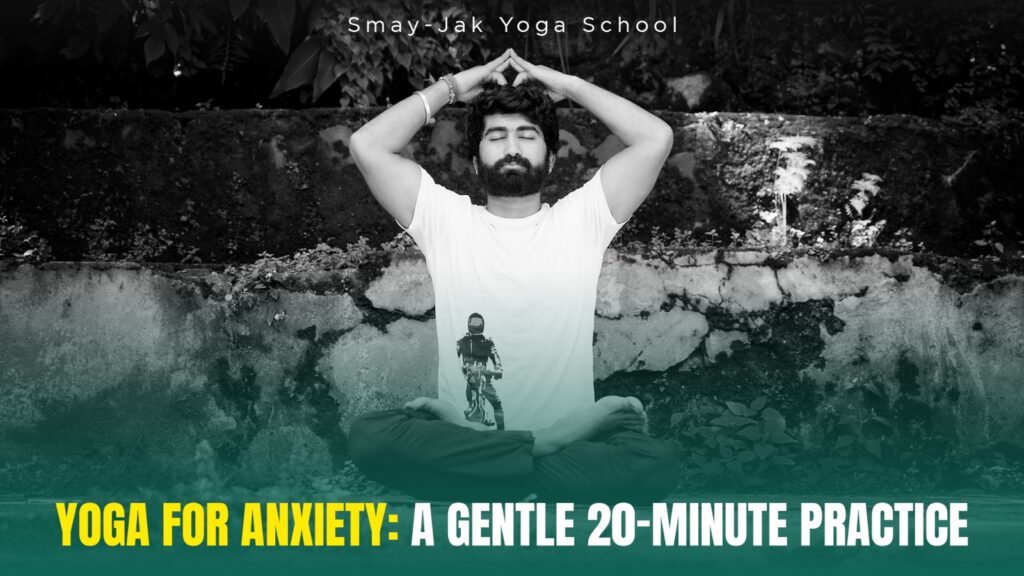How to Hold Yoga Positions: A General Guide
Standing in yoga poses isn’t about staying still, it’s more of balance and strength between the body and the mind. A beginner needs to understand the basic form of a yoga pose while the experienced yogi will have a fine-tuning of the yoga practice to help them gain full benefits of it. Goals of Your Yoga Practice The session’s whys and wherefores have a significant role in determining how long a pose should be held. Do you wish to focus on strength, flexibility, recovery, or do you want just a warm up? Different objectives require various hold times. Short Holds (3-5 Breaths) Ideal for warm-ups and quick energy boosts. These short hold will awaken your muscles and will wake up your nervous system for more intense activities. Medium Holds (5-8 Breaths) This term means strength-flexibility work. It is the name of the game. With a fair approach to balancing both, medium holds are the best. Long Holds (8+ Breaths) Best to work up an enduring activation of muscles or a very deep enhancing of flexibility. In restorative yoga practices, it supports tension release and stretching of connective tissue, entirely from 1 to 5 minutes. Factors to Consider What’s Going On With Your Body And Mind? Your energy and feeling of the day determines the maximum duration you can hold a pose or should do. What about feeling? Feeling tired or sore? Holds can be shorter. On some days, if you feel strong and get energized, optimize your session by holding them longer. Personal Fitness Goals With no previous experience one must begin with shorter holding times which can progress as strength and flexibility improves. Expert practitioners tend to handle challenging poses with longer time stretches while keeping focusing on exact body orientation. Level of Complexity-posing Dolphin Pose, Warrior III, which can be of few breaths as presents a more difficulty in shoolde holding longer times. Whereas in comparison to child’s pose or mountain pose as there is minimal strain they can be held for a longer duration Relaxation and Movement – Flexibility and Time Ranges. Being age and flexible can impact how long one wishes to comfortably stay in a position. Modifying some poses or with props can be useful to help keep the right body structure with minimal strain. Adapting Poses to Your Needs With consideration to your physique and level of fitness, alterations are quite important when it comes to yoga poses. Take advantage of the props that allow you to go out of the pose for longer while maintaining the right alignment, such as blocks, straps, or blankets. Changing the degree of a pose, or the points of contact also makes it easier or harder. Types of Yoga and Hold Times Yoga techniques highlight different time-equivalents with regards to the number of: Strength-Based Yoga (e.g., Power Yoga, Man Flow Yoga): Longer holds 30 to 60 seconds increases strength in the body, while also enhancing endurance and awareness of the body. Restorative Yoga (e.g., Yin Yoga): Holds on to poses on average between 1 to 5 minutes to elongate the muscles and connective tissues, leading to relaxation and proper recovery. Flow Yoga (e.g., Vinyasa Yoga): Consolidates around Movements and changes of positions where on average typical holding times are between 1 and 2 breaths. Benefits of Short vs. Long Holds Reduced Holding Times Rapid fire complex initiation Addition of more energy during muscle contraction Minimal fatigue faced when pulling/twisting Increased Holding Times Increased strength and endurance of the body for longer duration of time. Improved flexibility as well as greater range of movements. Encourages a quicker rate of recovery while also increase relaxation. Final Thoughts The duration to hold a yoga pose is relative and varies according to individual goals, physical condition, and type of yoga being practiced. Be it strength, flexibility, or recovery, the secret is listening to your body and focusing on proper alignment. Remember, short holds are excellent for warm-ups and quick routines, but longer holds are better suited to strength-building and restorative practices. Keep experimenting, stay consistent, and let your practice evolve over time. The most important thing is that you feel good, are safe, and enjoy the journey. Happy practicing!









